Foxconn – Plans Change…
The new agreement provides for:
- Up to $80m in performance based tax incentives to Foxconn based on the creation of 1,454 qualified workers earning an average wage of $53,875 and target capital expenditures of $672m by 2026. The original agreement was for $2.85b in state tax credits and the hiring of ~13,000 workers over 10 years. None of the original goals were met to date.
- Less product restrictions as to type of products or goods manufactured. The original claims were for a Gen 10.5 LCD production fab, which changed a number of times, decreasing to plans for vending machine production at the facility.
- Preserves benefits of the EIT Manufacturing Zone, including market based energy rates and use tax exemptions. The original agreement bypassed many environmental and water use restrictions. No indication as to whether they have changed but not likely.
That said, today Foxconn has disclosed plans to acquire a 6.2m ft2 assembly plant in Ohio, as part of a joint development agreement with Lordstown Motors (RIDE). The agreement, which is non-binding until completion, includes:
- Purchase the Lordstown facility, excluding the motor assembly line, battery assets, and certain IP, for $230m based on Foxconn agreeing to manufacture Lordstown Motors Endurance full-size truck at the facility, along with employment agreements for Lordstown operational and manufacturing employees.
- Purchase $50m in Lordstown Motors stock @ $6.8983/share and the issuance of warrants covering 1.7m shares exercisable for three years at $10.50/share.
120,000 ft2 ‘Multi-purpose Building, and a 100 ft tall “High Performance Computer Data Center Globe’.
The company still touts their ‘3+3 corporate vision – electric vehicles, digital health, and robotics using AI, semiconductors, and 5G’ for the Wisconsin site, saying that that idea has “caught the attention of many businesses and investors from around the world who share their vision for the site, making the site and the region a new hub for next gen technological product design, jobs, investment, and smart manufacturing.” The problem is that we go by results rather than ‘vision’, especially one that includes all of the key buzzwords that investors seem to like to hear. The aerial images of the Foxconn site taken on 9/17/21 and 7/20/2021 don’t seem to indicate that anyone is ‘sharing the vision’, nor does the fact that little has been produced at the site other than construction jobs. With the Lordstown deal in the works, it looks like Foxconn might not be focused on its vision for Wisconsin at the moment.
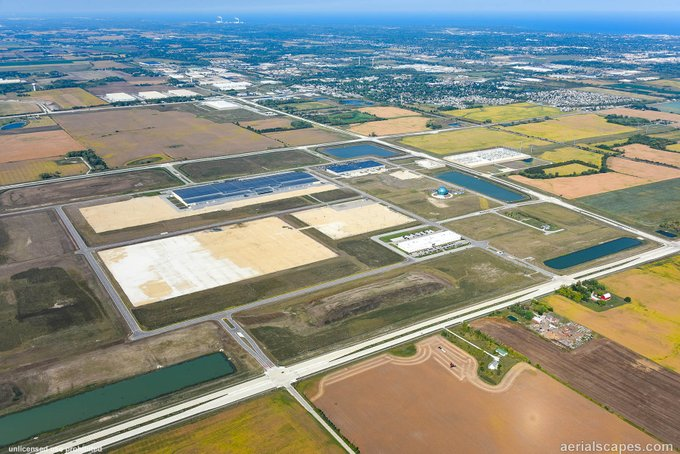
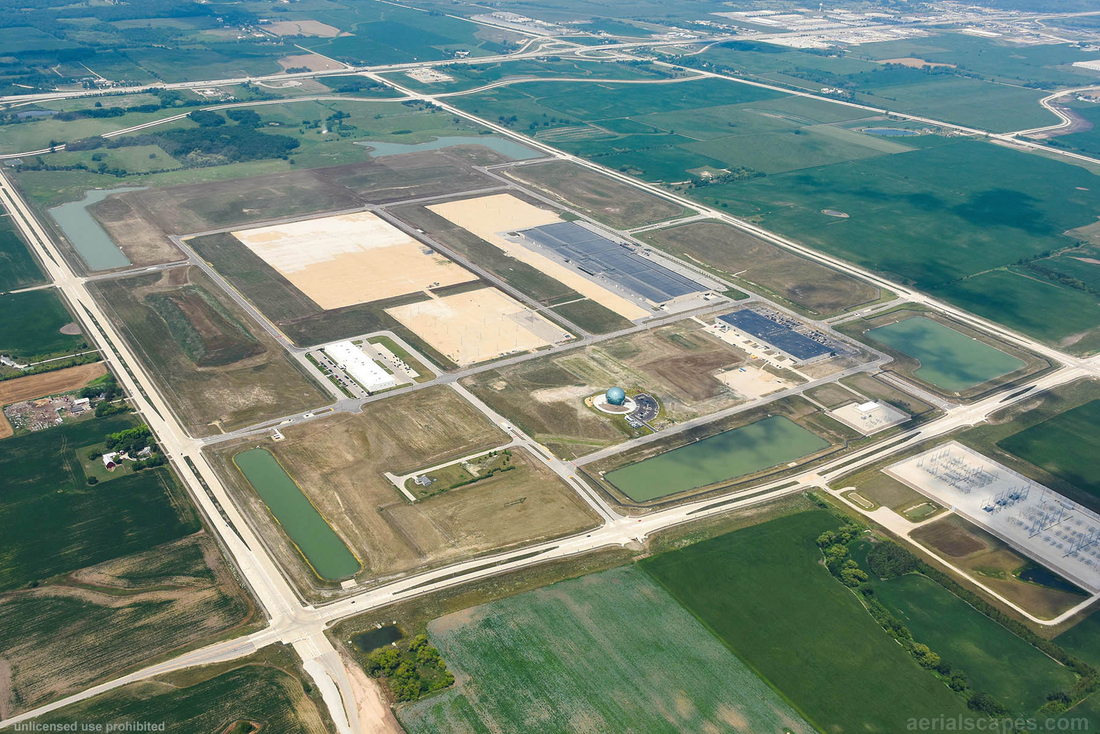
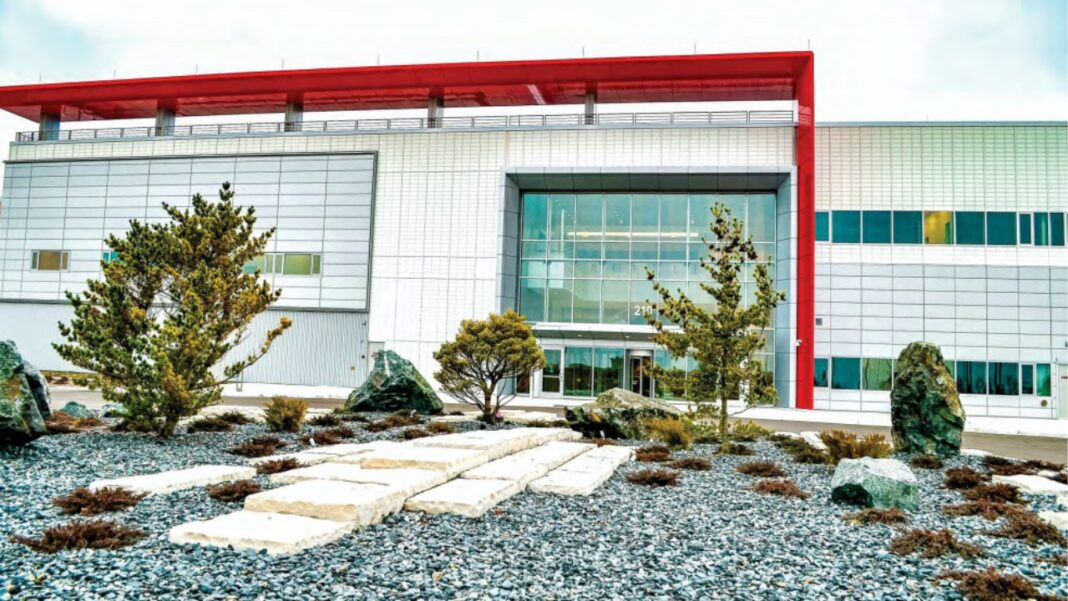





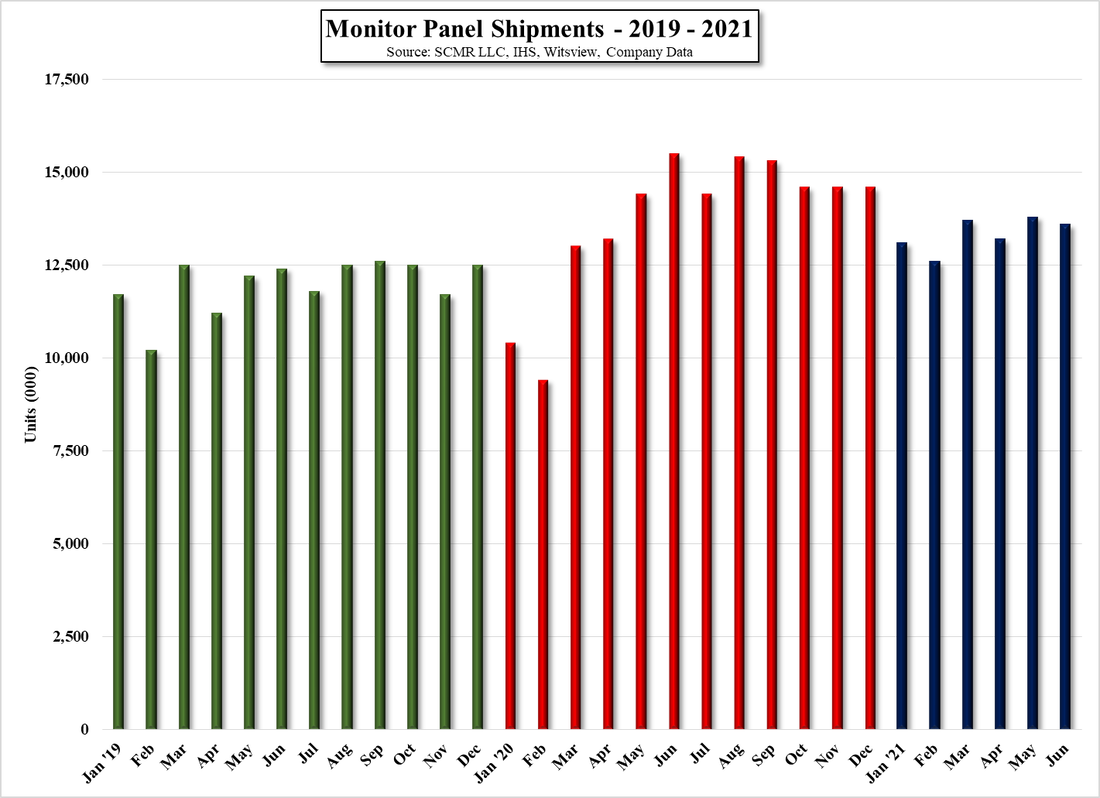
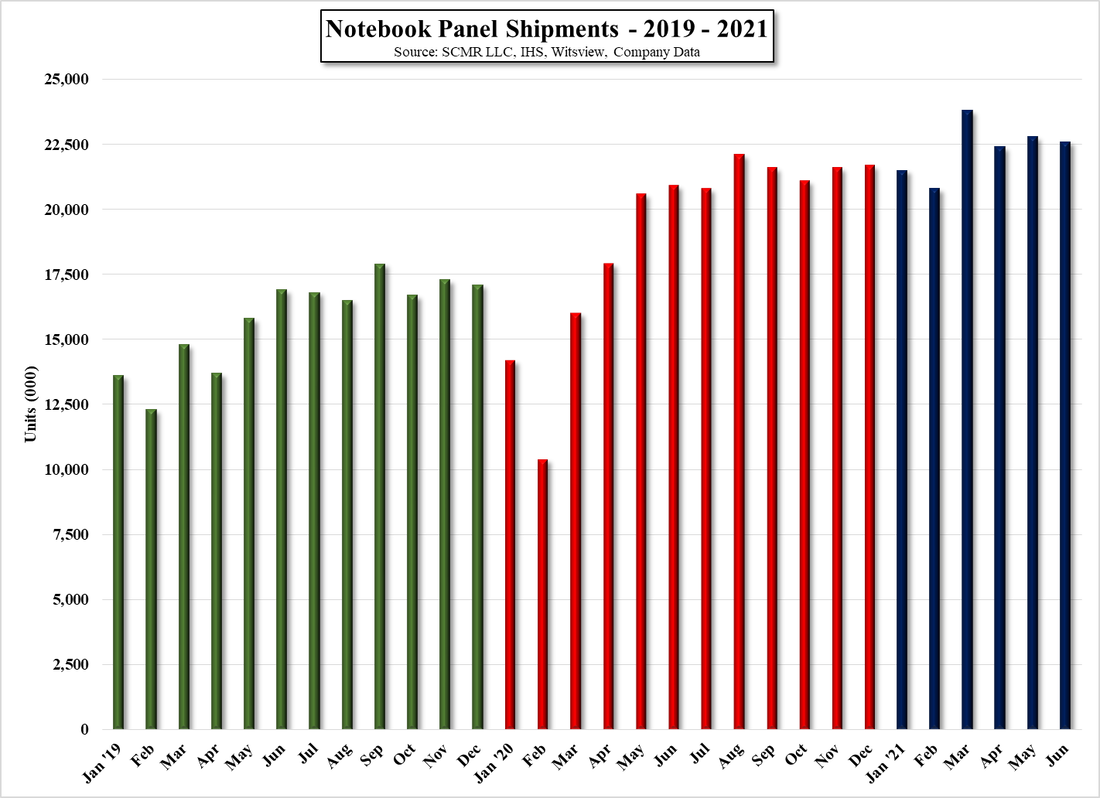
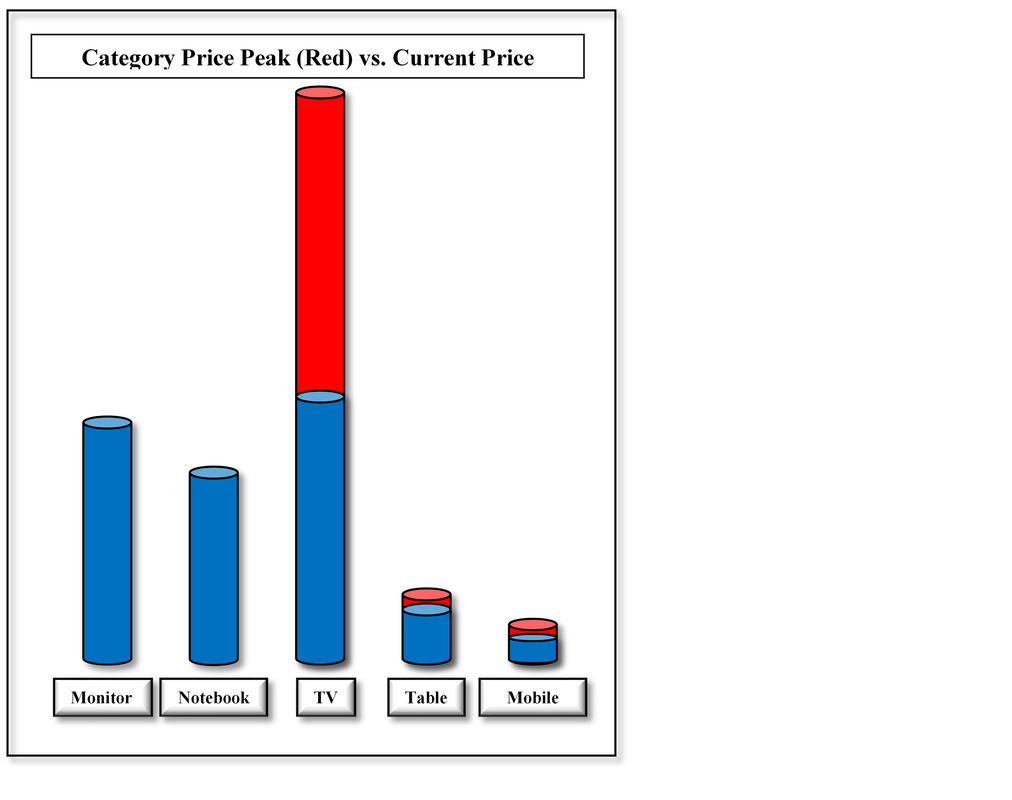
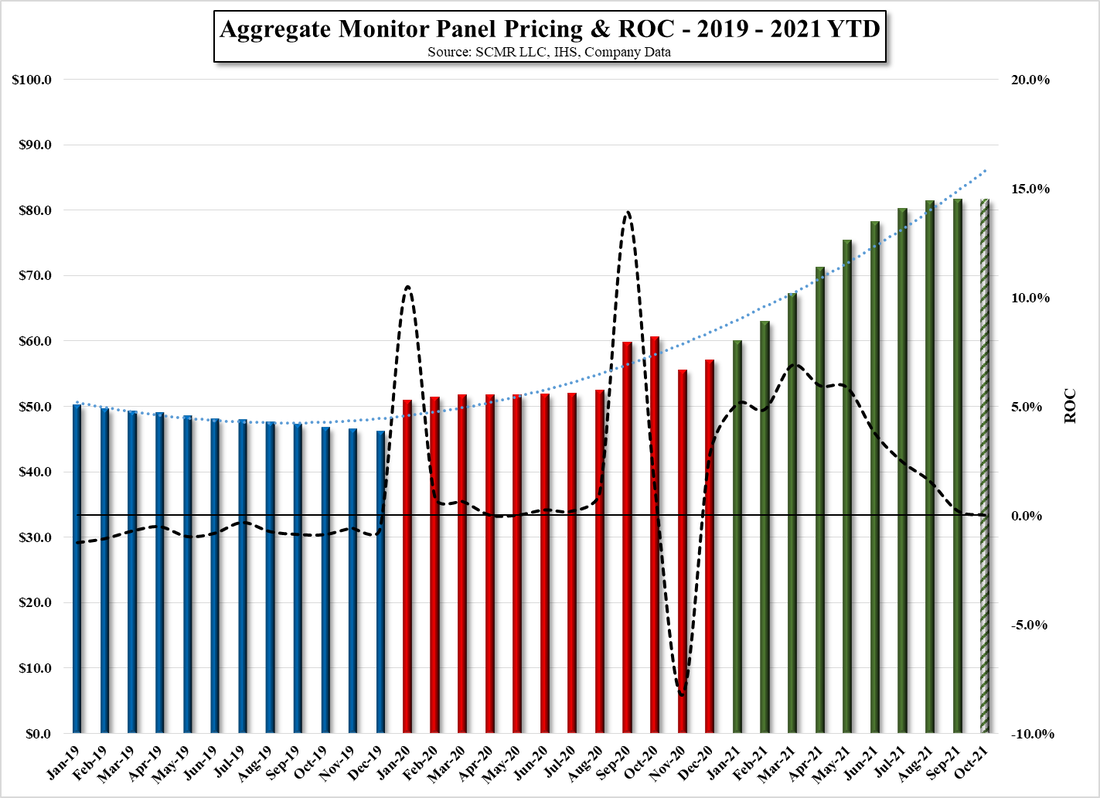
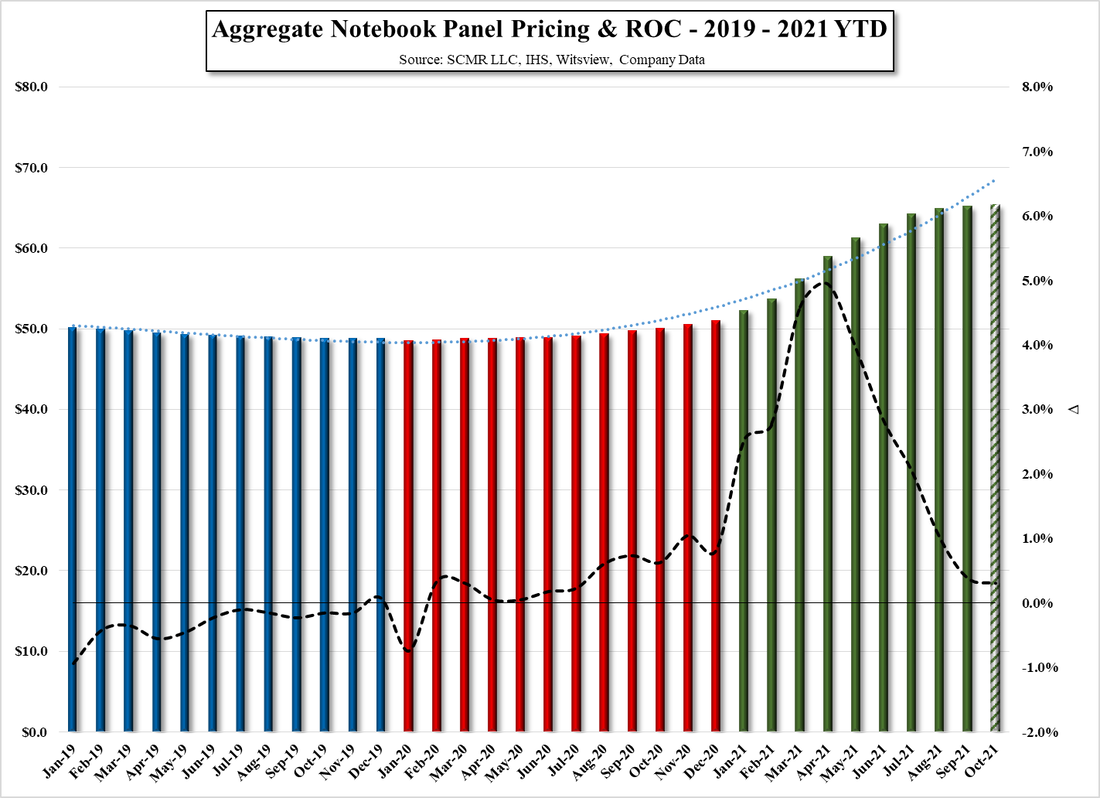
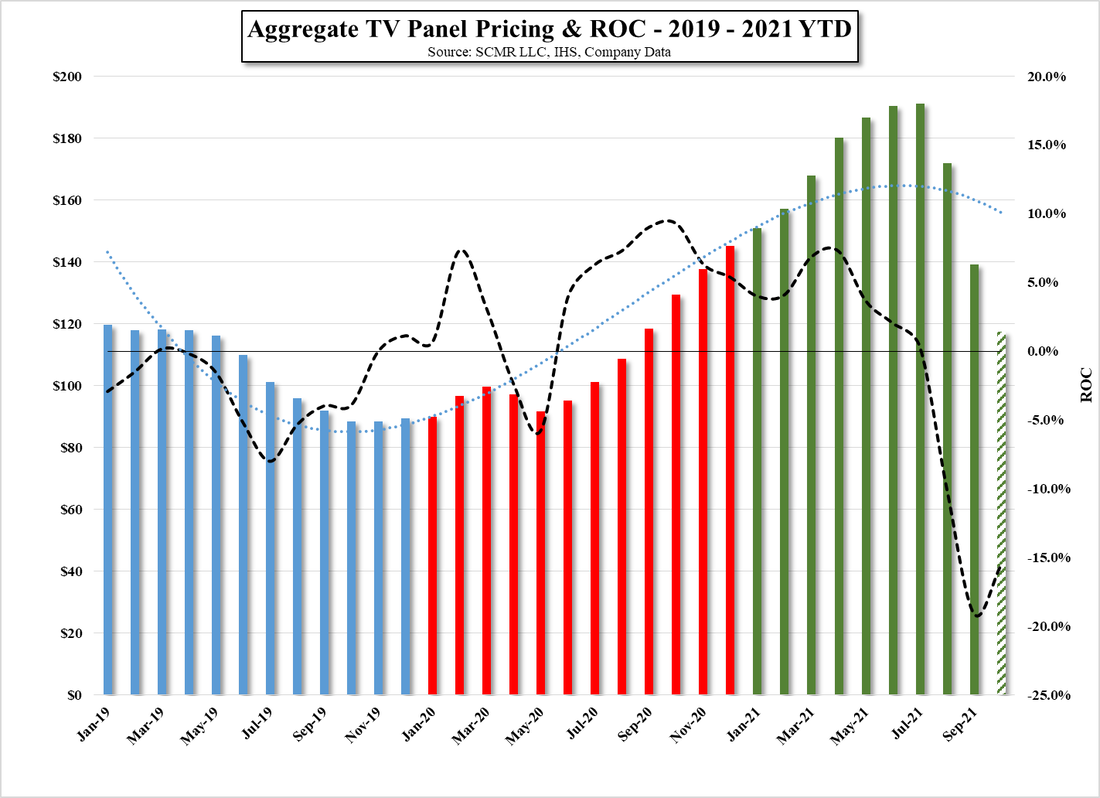



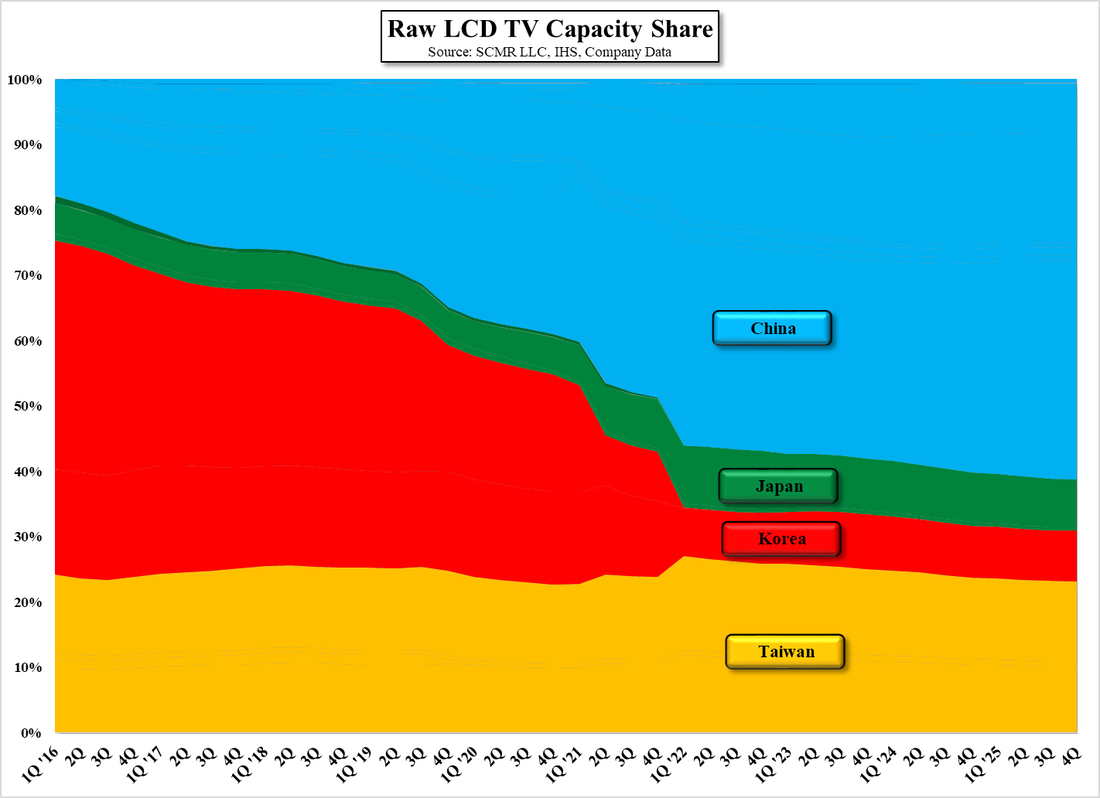
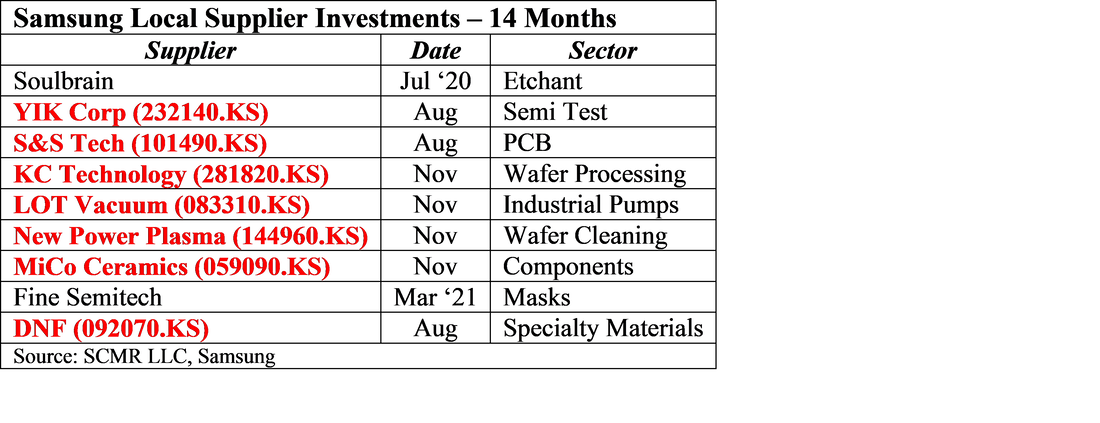
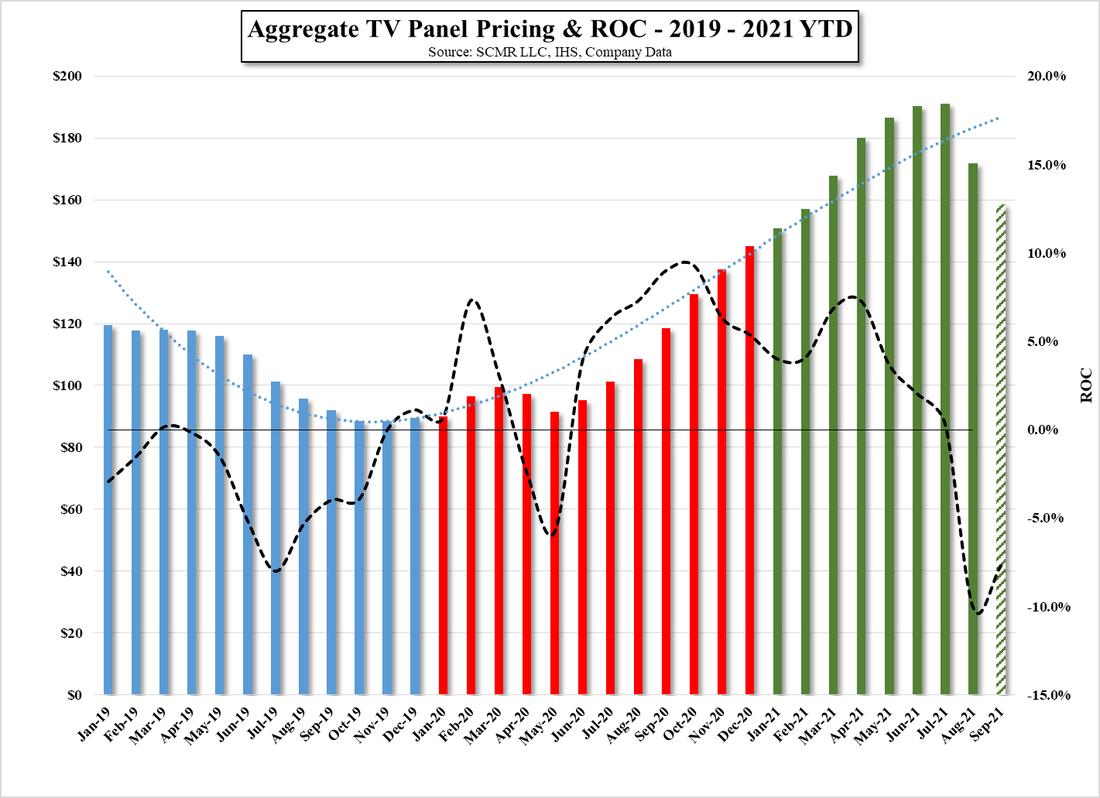
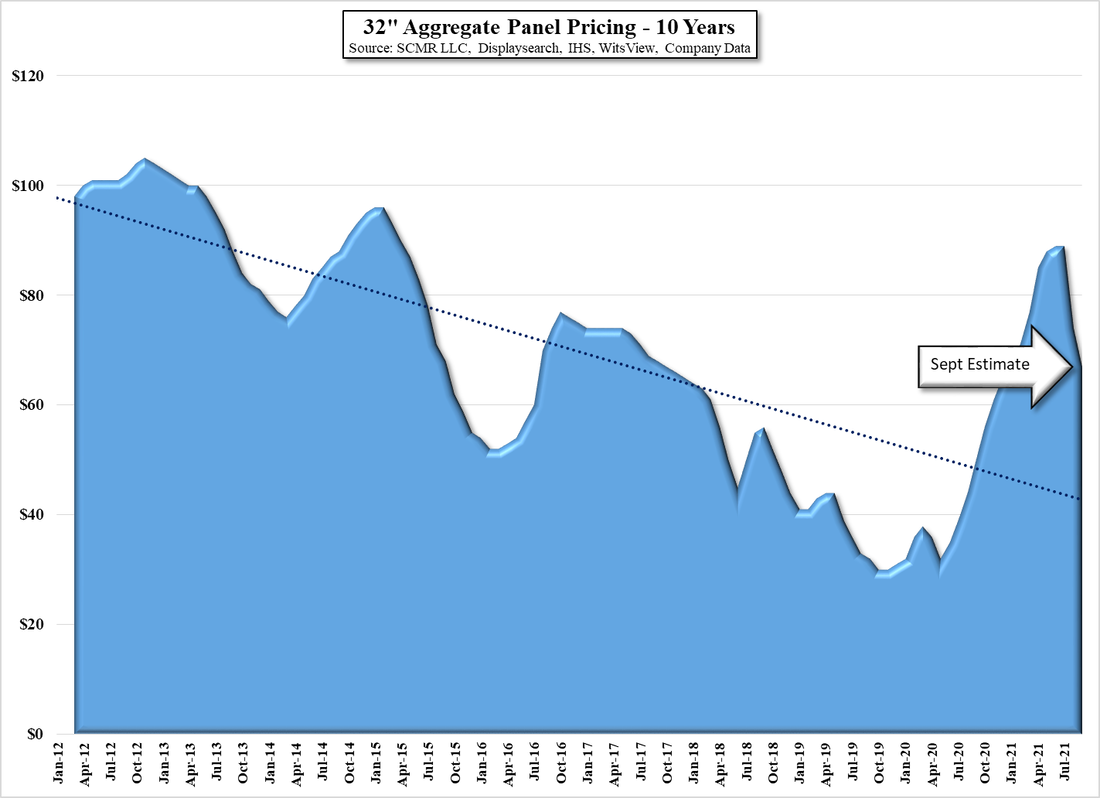




 RSS Feed
RSS Feed